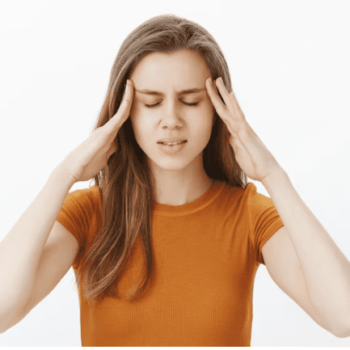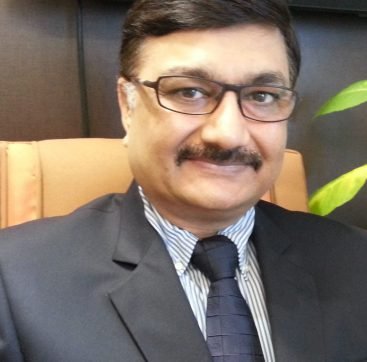Find Relief from
Migraine Symptoms and Manage Discomfort
Find Relief from
Migraine Symptoms and Manage Discomfort


Migraine with aura (complicated form): This type includes sensory changes, like visual or sensory changes, that occur before the headache phase.
Migraine without head pain: Also known as “silent migraine,” this type includes aura symptoms but without the intense headache.
Hemiplegic migraine: Characterized by temporary paralysis or weakness on one side of the body before or during the headache.
Chronic migraine: When migraines occur on 15 or more days per month over a 3-month period, with at least 8 of those being migraines.
Migraine without aura (common migraine): The most typical type, characterized by a moderate to severe throbbing headache, often on one side of the head.
Retinal migraine (ocular migraine): Involves temporary vision loss or blindness in one eye, often accompanied by a headache.

Comprehensive Migraine Care by Dr. Paresh Doshi
a leading Neurosurgeon and a Pioneer of Stereotactic
and Functional Neurological Surgery in India

Director of Department of Neurosurgery
Dr. Paresh Kishorchandra Doshi , M.S., M.Ch. is a leading neurosurgeon and a pioneer of stereotactic and functional neurological surgery in India.
He is the Director of, Stereotactic and Functional Neurosurgery program at Jaslok Hospital, the only dedicated and comprehensive Stereotactic and Functional Neurosurgical program in India. He was the first person to introduce Deep Brain stimulation therapy in India and is a leader in the field of Neuromodulation.
Dr. Doshi is also the Director of Neurosurgery at the Jaslok Hospital and Research Centre. Dr. Doshi has been credited for conducting several path-breaking surgeries in the field of neurosurgery.

Young achiever’s award- Indo-American society Mumbai, 2002 Top five medical specialists of Mumbai – Times of India group, 2005 Best Neurosurgeon and neurosciences department- CNN IBN group

Generally speaking, the quick response is “yes” Finding someone with migraines who has no family history of the condition is quite rare.
Migraine headaches are a complex and poorly understood origin. It is because certain neurons in your blood vessels deliver pain messages to your brain that you get headaches. This causes the nerves and blood vessels in your head to become inflamed. Why your nerves do that is unknown.
Temporary visual or other disruptions are among the migraine aura symptoms, which typically appear before other migraine symptoms include severe headache pain, nausea, and sensitivity to light and sound.02
They aren’t, for the most part. Complicated migraine, hemiplegic migraine, basilar migraine, and to a lesser extent, classic migraine, are all related with a somewhat greater risk for stroke. The statistical risk is based on a patient’s lifetime average risk of stroke, not on a specific headache. Patients with migraines who also have additional stroke risk factors, such as smoking, high blood pressure, high cholesterol, low homocysteine levels, etc., should talk to their doctors about making the necessary lifestyle and prescription modifications.
Many women find that menopause significantly reduces or eliminates their headaches. But many women report a worsening of their headaches or a change in their personalities during the perimenopause, the time before menopause, sometimes with more auras but decreasing headaches. This period of life’s variations in oestrogen and potentially progesterone are virtually probably responsible for all of these events. These effects can be reduced by adjusting oestrogen levels. When perimenopause is thought to be the reason for changes in headache pattern, oestrogen and other hormones can also be examined.
Yes. Children (of any age) who experience frequent fits of weeping and irritability that linger for many hours, possibly accompanied by vomiting or diarrhoea, should be checked for migraines. If one or both parents, other siblings, or close family members also get migraines, be extra cautious. Before anybody considers migraine, these kids will typically have seen several experts investigating for stomach and other issues.